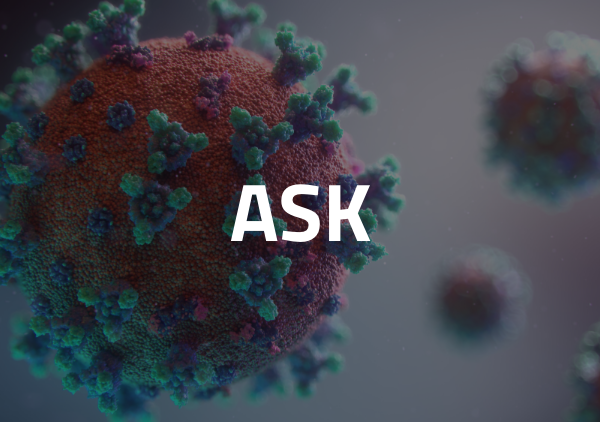22nd March 2020
The Centre for Genomic Regulation is publishing COVID-19 RNA sequencing data on their Nextflow pipeline, MasterofPores.
The Centre for Genomic Regulation (CRG) is offering analysis of direct RNA sequencing data, creating a common resource for processing direct RNA sequencing data from COVID-19 samples.
The Centre has recently published a workflow for the analysis of direct RNA sequencing nanopore datasets and they are now processing all coronavirus direct RNA sequencing nanopore datasets, making them publicly available using their Nextflow pipeline MasterofPores, allowing processed files to be available to the community.
For each sequencing run, they are currently providing the following data: base-called data (FAST5 and FASTQ) mapped data (BAM) processed datasets (TXT files) including predictions of RNA modifications, per-gene counts, and polyA tail length estimations The Centre plans to keep extending this resource with new datasets as soon as they become available.
They are also improving their MasterOfPores workflow with new modules that will allow for accurate isoform quantification and consensus basecalling and they will keep updating this resource with additional processed data as soon as new modules are finished.
If you have additional suggestions on new modules, feedback, or have sequenced any COVID-19 direct RNA nanopore sequencing dataset(s), the centre is happy to process it and include it in this resource.
ASK: Research contributors needed for CON-VICE study

University of Luxembourg needs European researchers to get in touch
OFFER: Funding available for COVID-19 research

Fondation Air Liquide are looking to fund European projects
